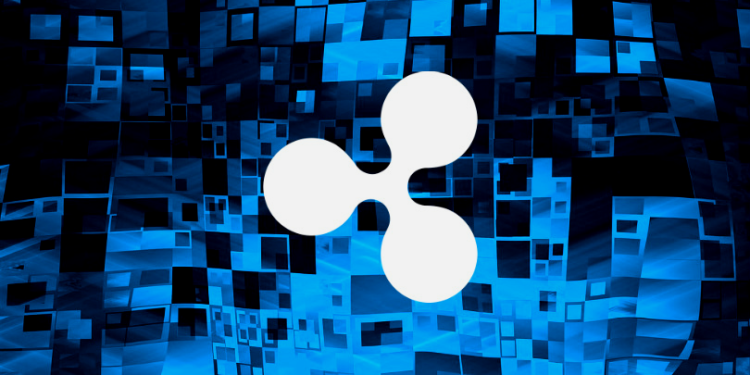Ripple’s global head of banking says the company’s network of banks and financial institutions, called RippleNet, is growing at a rapid rate.
In a new interview with Bobsguide, Marjan Delatinne talks about the impact of blockchain technology in the world of finance and says 14 new banks and financial institutions have signed up for RippleNet in the past few weeks alone.
“Among general audiences, they will still think that blockchain is the same as Bitcoin. But honestly what we see among banks and financial institutions that we are working with – and we have signed up with 14 in the past few weeks – is a decoupling of the concept of crypto assets and what the underlying technology can bring.
It very much depends on how you define blockchain. If you’re talking about speculation around Bitcoin and individual use cases, then people will probably laugh at the idea because it is still not clear. But if you’re really talking about cross-border payments, Ripple is leading in the space because of the approach that we have taken. We haven’t limited ourselves to the crypto use case, and that has helped banks and financial institutions embrace the technology.”
Ripple recently revealed that on average, it’s adding two to three financial institutions to RippleNet per week, and recorded more transactions on the network in the first quarter of this year than in all of 2018. The company has not released an update on the overall number of companies that have joined its network since revealing it has more than 200 clients late last year.
Delatinne says the future of blockchain technology is centered on liquidity and will initially make its biggest mark in smaller countries where it’s more difficult to move capital.
“This is where you will come face to face with the limitations of a piece of technology which has been in use for 40 years, and you will need something new. Liquidity management is really where the cost lies for banks because now some of the oldest markets in the world are moving to real-time. Of course, that is for small-ticket amounts, but as soon as your system and processes adapted to that, you can move to the large ticket amounts.
When that occurs, I think there will be a convergence towards new technology and the banks will experience it. Experts in liquidity management are realizing now just how far this new technology can bring them. After all, payments start with liquidity and end with liquidity.”
Most of Ripple’s clients use the company’s real-time payment messaging system xCurrent to move money. Ripple’s XRP-based xRapid, which launched for commercial production in October of last year, is currently moving money between Mexico and the Philippines.
Mercury FX is the most high-profile company using the payment route. It says it’s looking to use xRapid across 10 payment corridors this year, including routes to Canada and the Middle East.
[the_ad id="42537"] [the_ad id="42536"]





